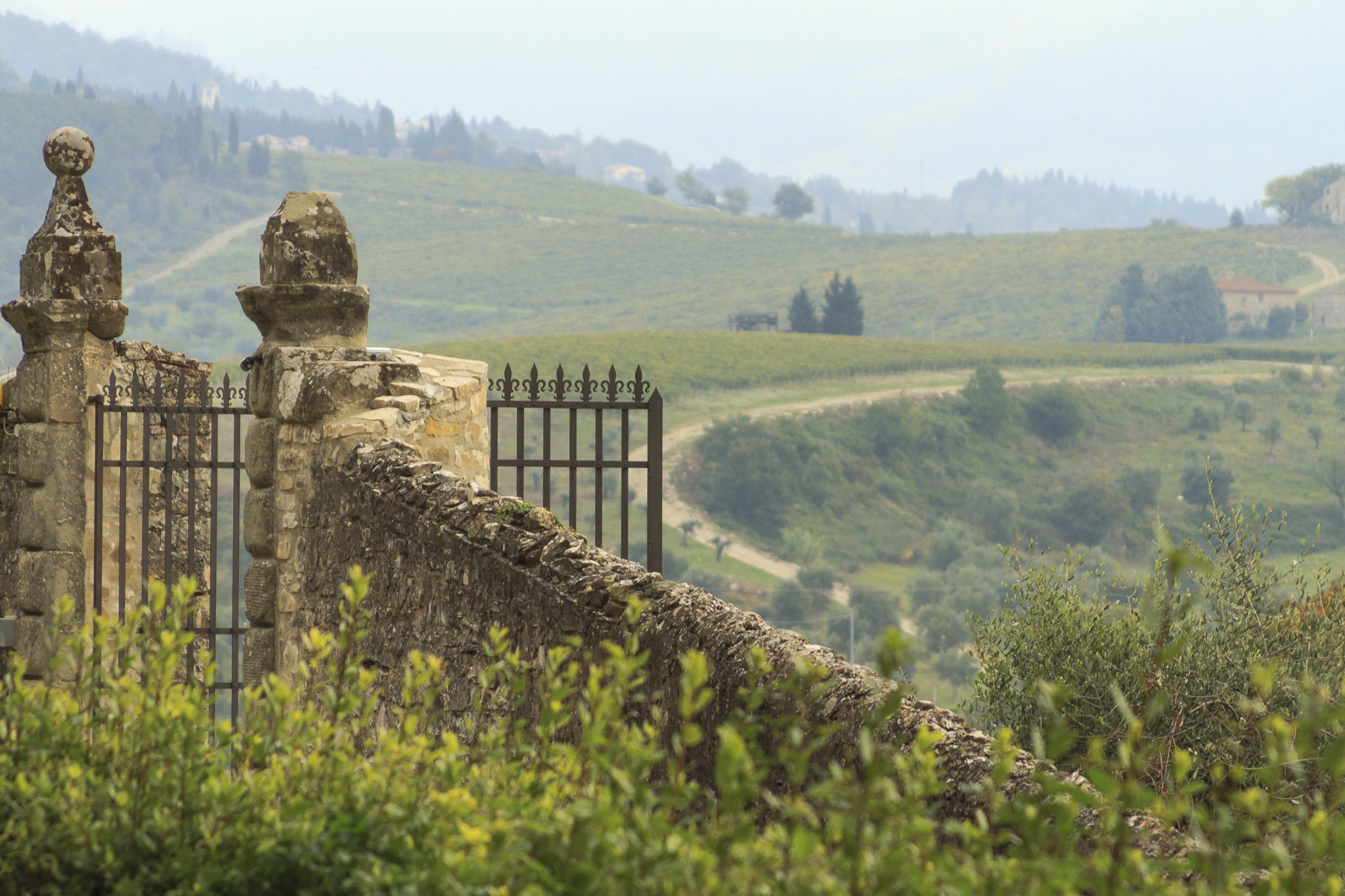It's (always) Time for Italy!
/The darker green areas are the mountain rangges that help define italy’s wines
Across its 20 wine-producing regions and varied climates, Italy produces a stunning variety of wine. From crisp, light-bodied Pinot Grigio, Kerner and Lagrein from Alto-Adige in the cool-climate Alpine Northeast to richly textured Aglianico and Nero d’Avola from the volcanic south of Campania and Sicily and all types of wine in between, the sheer scope of Italian wine is a marvel that is unequaled by other countries. That’s not to say other countries don’t produce great wine (France, I am not ignoring you) nor is it to say Italy produces more wine than anyone else (Spain and France always vie for the title of Most Productive), but I will venture Italy produces more types of wine (or perhaps more accurately, wine from more varieties of grapes) than anyone else.
This isn’t a contest though, it’s just an introduction to allow me to mention that I’m giving a series of seminars and masterclasses in the coming two months that focuses on the diversity and richness of Italian wine and culture, and wine culture come to think of it. While Italy is usually described as a boot in shape, for a wine lover it is easier to think of it as an italicized “T” (though it tilts the other way). I liken it to a T because Italy is to a large extent comprised of two mountain ranges. One range is comprised of the Alps to the west on the French border, Alpine foothills above Lombardy and on to the Dolomites on the far northeastern corner of the country bordering Switzerland to the north and and Slovenia to the east. That’s the crossbar of the T, and the long mountain range called the Apennines stretches southeast from the intersection with the crossbar all the way to the arch and toe of the boot and then turns west in to Sicily. To give it some scale, from Milan in the northern province of Lombardi to Syracuse on the southern short of Sicily, it is nearly 1100 miles (1770 kilometers).
A vineyard gate and the rolling countryside at Frescobaldi’s Castello Nippozano estate (photo: Lyn farmer)
I point out these mountain ranges because they define something like 90% of the area of the country. Aside from the Po River valley that empties into the Adriatic and the stiletto heel of the boot that is the region of Puglia, you will be hard pressed to travel more than a few kilometers in any direction without running into some serious hills or mountains. That has a huge impact on the wine produced here. And given the distance, we’re spanning everything from very cool continental climate to very warm Mediterranean climate. In other words, if there’s a grape you like, you can generally find a place in Italy where it will thrive.
Just a couple of weeks ago, I led a sympsium on the stunning wines made in Piemonte from the grape Moscato Bianco (the glory of Asti), and there are three more opportunities to taste coming up. They are listed in the event section of the website, but in brief :
On March 20 I’m doing a deep dive into Italy and its 20 wine regions for the Italian Trade Agency. It’s a four-hour masterclass followed by what will be a much needed dinner and it’s open to anyone in the wine and/or hospitality trade.
On April 17 I’m giving two seminars with the Consorzio (the association of wine producers) of Valpolicella, focusing on the several styles of red wine made in the area (“regular” Valpolicella, Ripasso and Amarone). I’m joined by 14 producers from the region and there is a walk around tasting during and between the seminars.
On May 15 my good friend Luca Alves, worldwide ambassador of the Chianti Consorzio, joins me for an exploration of Chianti and its fascinating nuances among the seven sub-regions of the area.
At all these seminars there will be wonderful wines to taste and great producers to speak with directly about the particular challenges and gifts they receive from Mother Nature in Italy. Registration information for all three seminars is in the event section of my website, along with information about many classes I’ll be teaching this Spring and Summer. Just click on the event, and registration instructions are inside. Let’s get together for a glass…or more! Cin Cin!



